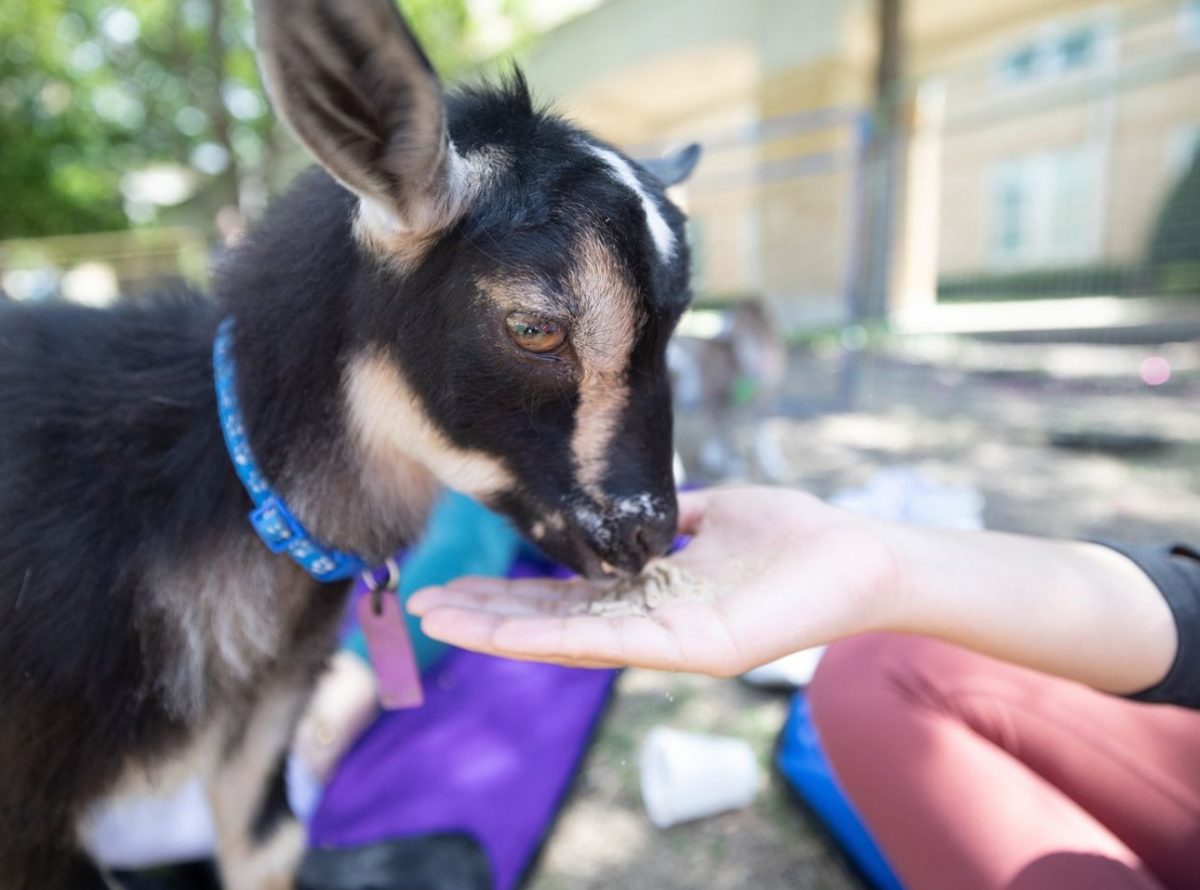Caroline McDonald, a senior communication studies major, started using tanning beds her senior year of high school. After her first time tanning, she went every day for two months straight. Today, McDonald tans at least three times a week.
“I know that it’s bad. It’s like people who smoke cigarettes.” McDonald said. “They know that it’s bad, and it can kill you, but you still do it. It’s more of a trend. It’s for self confidence.”
The Puerto Rico native said she tans more in Texas than she did on the island. Even though her father has had several skin spots removed, she said she continues to use tanning beds despite her father not approving.
“He hates it,” McDonald said. “I usually have to go tanning on my allowance credit card 'cause I can’t use his credit card because he will be so mad.”
Her mother is Puerto Rican and used to use carrot oil to get a sunburn and eventually a tan, McDonald said.
“She said if there is one thing she regrets, it is getting so much sun 'cause she feels like she would look much younger than she does now,” McDonald said.
Now her mother covers herself with moisturizer and sunscreen every day even if she is in the house or going to the store, she said.
According to the Skin Cancer Foundation, one ultraviolet tanning session increases a person’s chance of developing melanoma by 20 percent. Each session after that within the same year increases the risk by another two percent.
Dr. Scott Miller of Tarrant Dermatology Consultants said there is no such thing as a safe tan. However, he said while there are a lot of tanning salons, there is also just as much information about the risks associated with it.
“I see fewer patients who have their own personal tanning bed. I hear less about membership in tanning salons though I know the number of tanning salons are at a all time high, and their use seems to be also. But I get a feeling that there’s more understanding of a risk there.” Miller said. “Whether or not they act on that, that’s a different thing.”
The research estimates about five percent of non-melanoma skin cancers diagnosed in the United States every year can be attributed to indoor tanning.
“I would never forgive myself if I go into the doctor and I have cancer because I was being superficial and wanted to be tan, but that’s just one of the risks you take by tanning,” McDonald said. “It’s like one of those cosmetic operations. It’ll make you feel prettier, but you know it has risks. At the end of the day what you want outweighs what you shouldn’t do.”
It is also important to remember anyone can get UVA exposure while driving and on cloudy days, Miller said.
For more information visit skincancer.org


